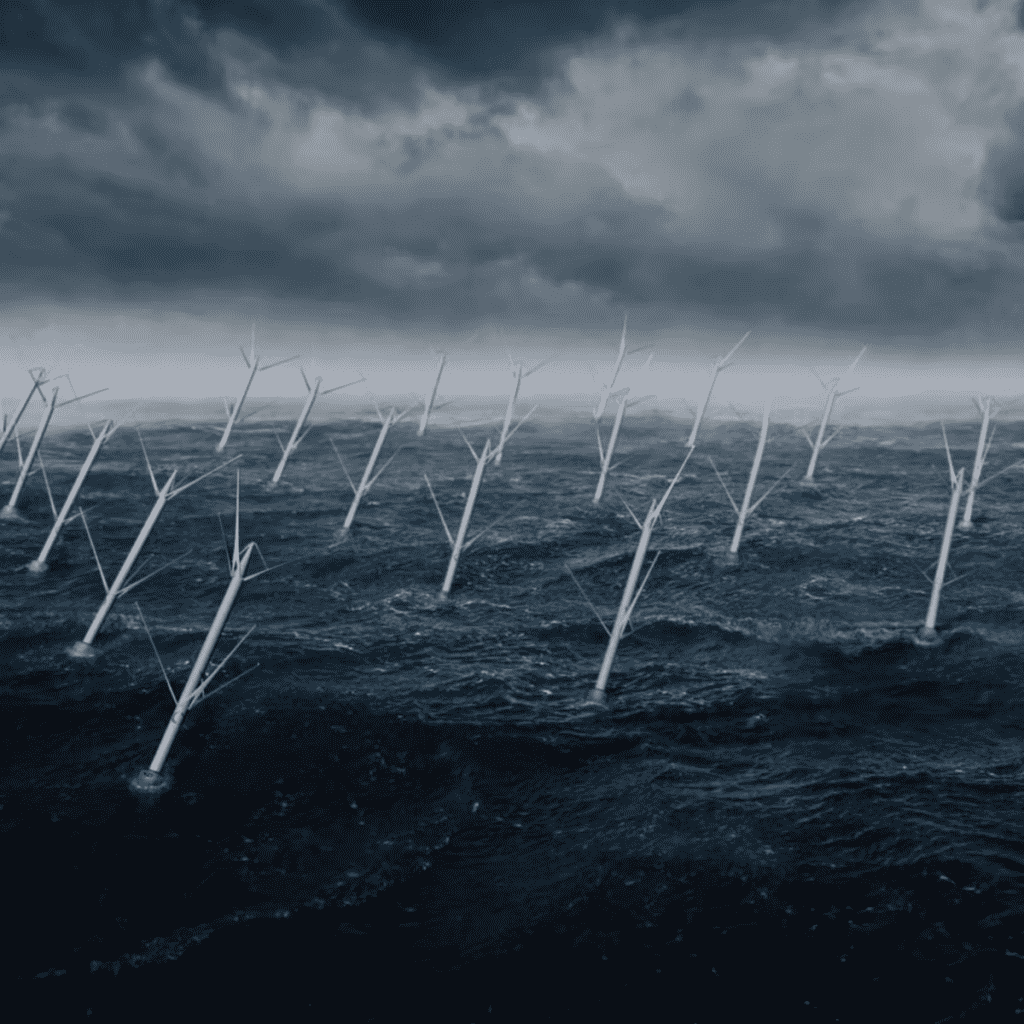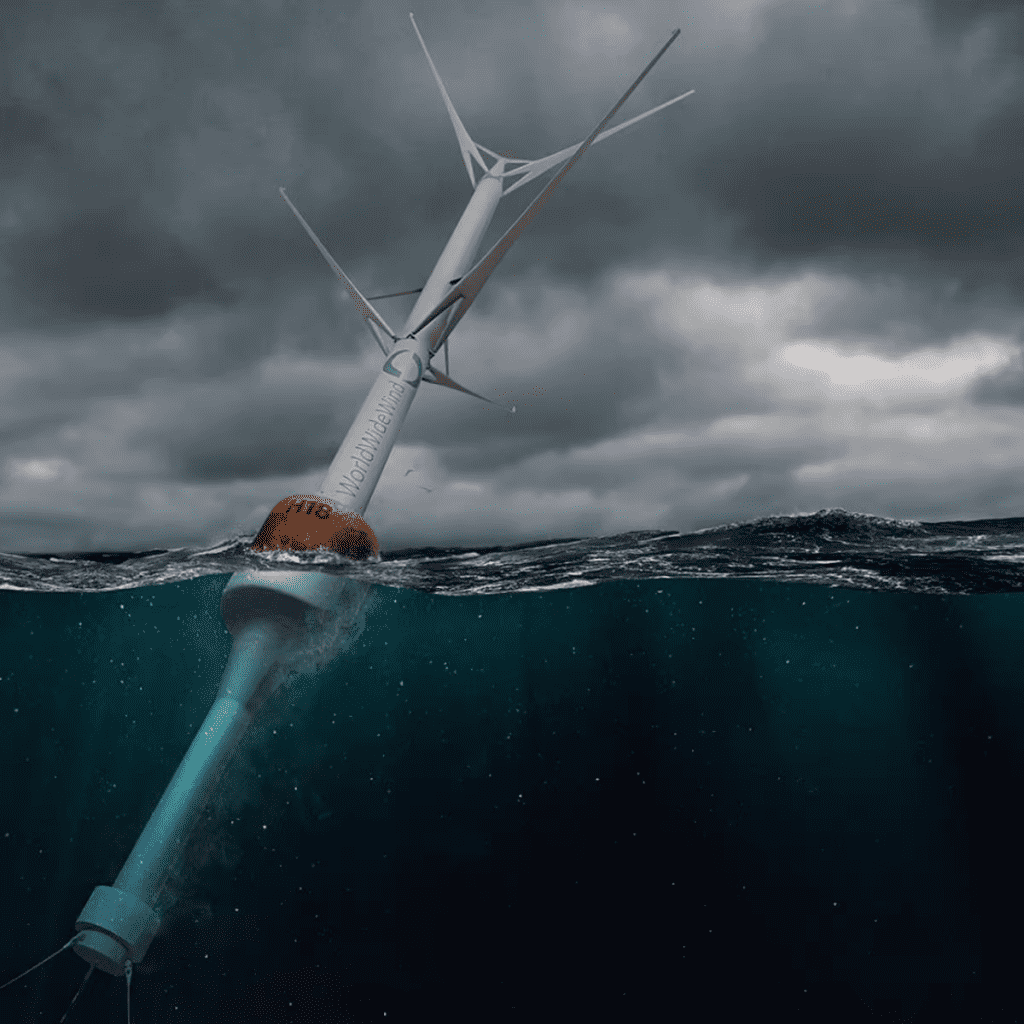World Wide Wind, a Norway-based company, is now developing a new type of floating Vertical-Axis Wind Turbine (VAWT), as reported by New Atlas. Engineers believe the VAWT will significantly alter how wind power is harnessed.
World Wide Wind has a very different perspective on offshore wind generation. These floating, vertical-axis wind turbines (VAWTs) have two sets of contra-rotating blades and promise to produce more than quadruple the output of today’s largest turbines.
The VAWT is a better option than standard offshore wind turbines since its heavy parts are located at the bottom, allowing it to stand upright. It functions as two VAWTs in one, with the bottom one rotating around the stem of the tower and the upper one installed on top. They can both rotate in opposite directions.
One turbine is connected to the rotor, while the other is connected to the stator. The stator doubles the rotational speed, allowing it to produce more power.

The VAWT will slant the wind and use specifically designed blades to lessen turbulent wake downstream from each tower. As a result, operators can place more turbines into a given space.
According to the company, its system can support a 40-MW capacity per unit, which is significantly greater than the largest wind turbine in the world currently. MingYang Smart Energy has the largest wind turbine, with a total of 16 MW.
The company is currently working to accelerate the development of the VAWT through rapid prototyping. Their goal is to have a 3-MW model available by 2026, followed by a 40-MW model in 2029.

However, the company has not disclosed any corroborating evidence or studies regarding the output and efficiency of their VAWT. Several institutions are partnering in this project, including North Wind, Sinted, Uppsala University, Kjeller Vindteknik, Norwegian Energy Partners, and the Norwegian Offshore Wind Cluster.
With these experts on board, their aspirations to install wind turbines by 2026 and 2029 don’t seem that far-fetched.

However, given that all VAWT blades are subjected to powerful forces from all angles as they spin, many worry about how long these wind turbines will last. It’s just a matter of waiting and seeing at this point because there isn’t a definitive answer. But who knows? If it’s a success, it may mean a lot for our renewable energy sources.


